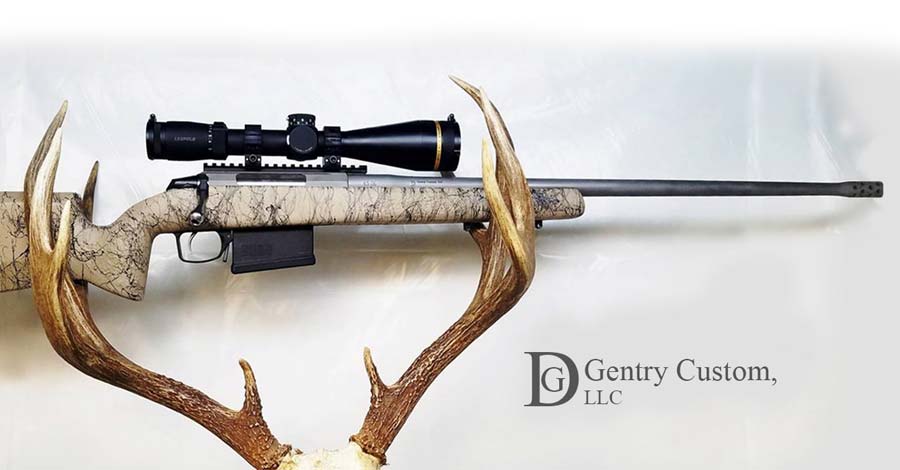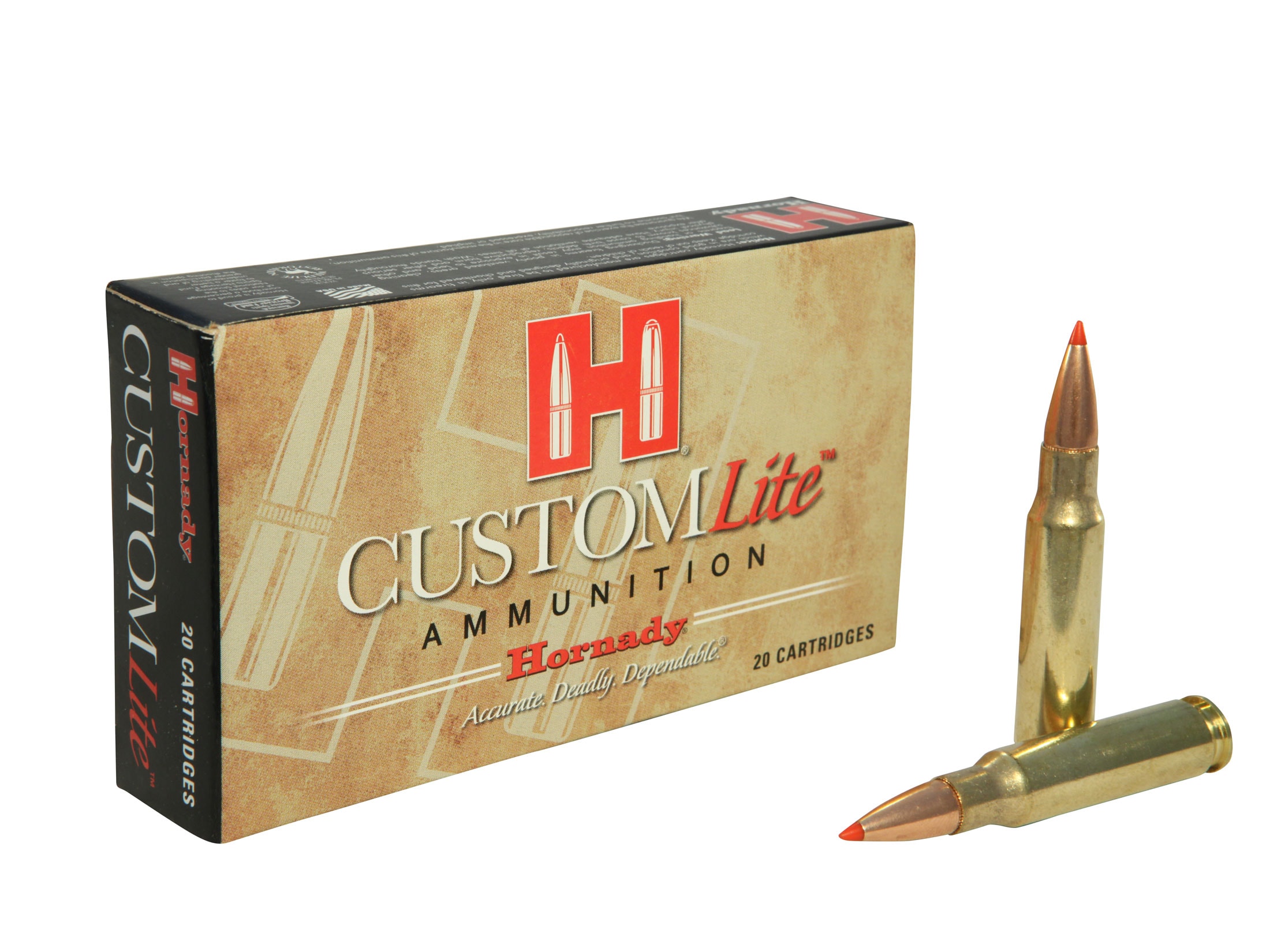I’m shooting a Savage Model 16 chambered in .308. My uncle gave it to me and I don’t want to not hunt with it for that reason and I’m not big on buying a bunch of guns. The draw back to the gun is that I’m finally admitting that I can’t handle the recoil and it is causing bad shooting habits. This season alone I’ve missed a few pigs and a coyote. The problem is flinching.
I was hoping the scope was off but after rechecking the zero it’s still on. I really want to start actively shooting more with it and in various positions while winded to become more proficient in shooting during hunting situations. The problem is that after 6 shots my shoulder feels like ground meat. It’s not easy to stay steady when you know it’s about to hurt.
So recoil options are trying different pads or a muzzle break. For the muzzle break I don’t like the idea of a louder gun, but I use hearing protection when target shooting and often while hunting. Advise on this would be great instead of buying a bunch of stuff.
Or would I be better off looking for another rifle either heavier build or smaller caliber?
I was hoping the scope was off but after rechecking the zero it’s still on. I really want to start actively shooting more with it and in various positions while winded to become more proficient in shooting during hunting situations. The problem is that after 6 shots my shoulder feels like ground meat. It’s not easy to stay steady when you know it’s about to hurt.
So recoil options are trying different pads or a muzzle break. For the muzzle break I don’t like the idea of a louder gun, but I use hearing protection when target shooting and often while hunting. Advise on this would be great instead of buying a bunch of stuff.
Or would I be better off looking for another rifle either heavier build or smaller caliber?






